Compared to last week, Western Canadian feeder cattle markets traded $4-$8/cwt lower while some packages of heavier replacements dropped as much as $12/cwt, and three main factors led to weaker prices.
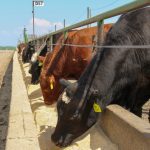
Klassen: Buyers step back on feeder cattle due to bird flu
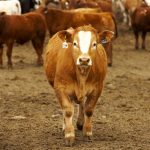
U.S. livestock: CME live cattle futures rise on wholesale prices, technical trade
Chicago Mercantile Exchange (CME) live futures turned higher on Monday, as a flurry of technical trading and strength in wholesale prices helped contracts rebound off recent months' lows, traders said.
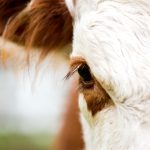
Animal disease outbreak support provided
Reading Time: < 1 minute Agriculture Canada recently announced an investment of up to $1,697,850 to Animal Health Canada to support its role in foreign animal disease prevention and preparedness efforts in Canada, including for African swine fever and foot and mouth disease. Animal Health Canada brings together the agriculture industry and federal, provincial and territorial partners to provide input […] Read more
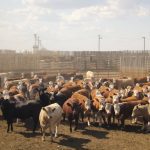
U.S. livestock: Cattle tumble ahead of weekend on bird flu fears
Chicago Mercantile Exchange live cattle futures plunged on Friday to the lowest point since mid-January as concerns about beef demand amid reports of avian influenza in cattle sparked fund long liquidation ahead of the weekend.

USDA sheds new light on bird flu dairy herd infections
Virus may have been spread through milking equipment, dairy workers
The United States Department of Agriculture (USDA) updated stakeholders on how a Highly Pathogenic Avian Influenza (HPAI) strain may have spread to dairy cattle in several states yesterday.

Explainer: Avian flu in dairy cows warrants close attention
Farmers should identify unusual signs of disease in cattle and have them examined by a veterinarian
An emerging disease syndrome was originally identified in dairy cows in Texas. These cows were identified by animal care workers and veterinarians as having the main clinical signs of reduced milk production and decreased feed intake. Approximately 10 per cent of the cows seem to show clinical signs on affected farms. No deaths occurred and cows seemed to recover with supportive care within two to three weeks. However, loss of milk production was significant. These same farms reported deceased wild birds on their properties.

World food prices rebound from three-year low, says UN agency
World food prices rebounded in March from a three-year low, boosted by increases in vegetable oils, meat and dairy products, according to the United Nations food agency's latest price index.
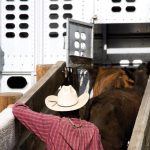
U.S. livestock: Live cattle end firm as bird flu selloff seen overdone
Chicago Mercantile Exchange live cattle futures firmed on Thursday in a bargain-buying rebound from the prior session's two-month lows, as some investors deemed the recent drop in prices to be overdone.
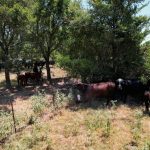
Bird flu dairy cow outbreak widens in Ohio, Kansas, New Mexico
Bird flu has infected a dairy herd in Ohio for the first time and was detected in additional herds in Kansas and New Mexico, according to the U.S. government, expanding an outbreak in cows that has raised concerns about possible risks to humans.

Can high water use affect consumer food choices?
Not yet, but ag should be prepared if it someday does, says Alberta agricultural economist
Reading Time: 4 minutes The agriculture industry in Alberta uses a lot of water. According to provincial licence data interpreted by CBC, Albertans can expect 68 per cent of all water allocations in 2024 to be dedicated to agriculture; far ahead of industrial (22 per cent) and municipal (seven per cent) categories. For the time being, Alberta consumers seem […] Read more

